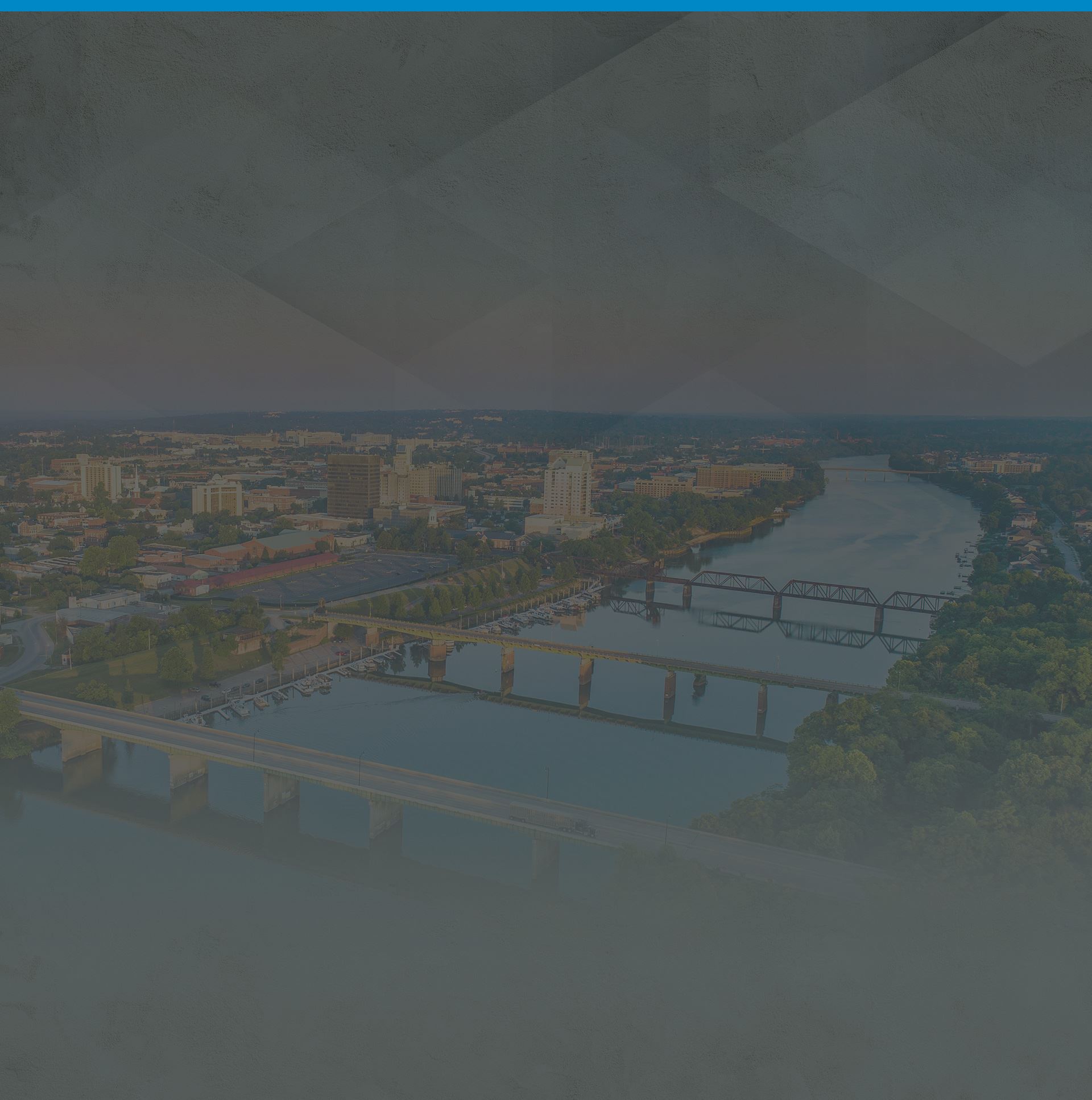When accidents are caused by dangerous or defective property, whether inside or on the outside of a building, it falls under premises liability. These accidents might occur in private homes, commercial buildings, or even public property.
Premises are dangerous for a variety of reasons. Whether it is a faulty design, poor construction, and building materials, inadequate maintenance, or clutter that has not been removed. These dangerous premises may lead to falling, tripping, slipping, or an object falling on a person at the property.
When a property is dangerous, and that condition causes an injury, one may wonder who is legally responsible or the injuries. To determine liability under premises liability, you must speak with a personal injury advocate that has experience in these types of cases.
The Basic Rules for Premises Liability Cases
There are two ground rules that the courts use to determine responsibility in a premises liability accident:
- Rule One: Owner is Required to Maintain a Safe Property – All owners or renters of property are required to keep the property safe for anyone that enters that property, such as a shopper, tenant, or personal weekend. The reason for this is that the owner has control over the safety of their building, while a visitor has no control over the safety of the building.
- Rule Two: The Visitor Must Have a Right to be on the Property – The visitor must have a legal right or purpose to that property. Trespassers are not given the same level of protection as official visitors or customers of the company.
The Issue of Injured Workers and Premises Liability
Workers injured on an employer’s party must file a workers’ compensation claim. Their injuries would not fall under premises liability unless the owner was grossly negligent. Therefore, employees must consult with a workers’ compensation attorney to explore their options.
Owner or Occupier: Who is at Fault?
The owner and occupant are not always the same. Sometimes the owner of a property rents out that property to a tenant in the commercial and private sector. Therefore, your attorney must first determine who the owner of the building is, the renter (if any), then decide who is responsible for the maintenance and safety of that building.
In some cases, the owner is overseeing the maintenance, while other times, a property manager may be the party involved. In general, your attorney will use the following rules to decide which party is responsible:
Commercial Property
Commercial properties, like stores, offices, and businesses have owners and occupiers. It depends on where the accident occurred as well as how the rental lease or business lease is designed. You should notify the business about the accident; then your attorney can determine if the company’s insurance oversees the claim or if the claim must be passed onto the owner of the building and their insurance
Private Residences
Private residence comes in two categories: a private home and rented apartment. A private home is the responsibility of the owner. If there is a dangerous or defective condition in that home, the owner is responsible. If, however, the house is rented out, the tenant of that private home could be responsible – depending on what the rental contract says.
A rented apartment means that the party responsible falls onto the property manager or landlord of the property. Rarely is a tenant accountable for an apartment complex, unless it is for the conditions inside their apartment itself.
Have You Been Injured By A Defective Product?
If you or a loved one has been injured due to a faulty product you need to speak with an experienced defective product attorney as soon as possible. Please contact us online or call our office directly at (800) 234-9556 to schedule your free consultation.





.2410171551550.png)
